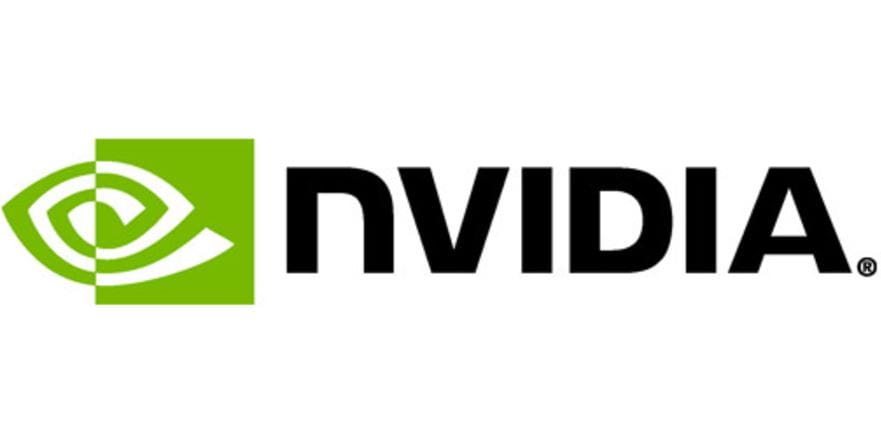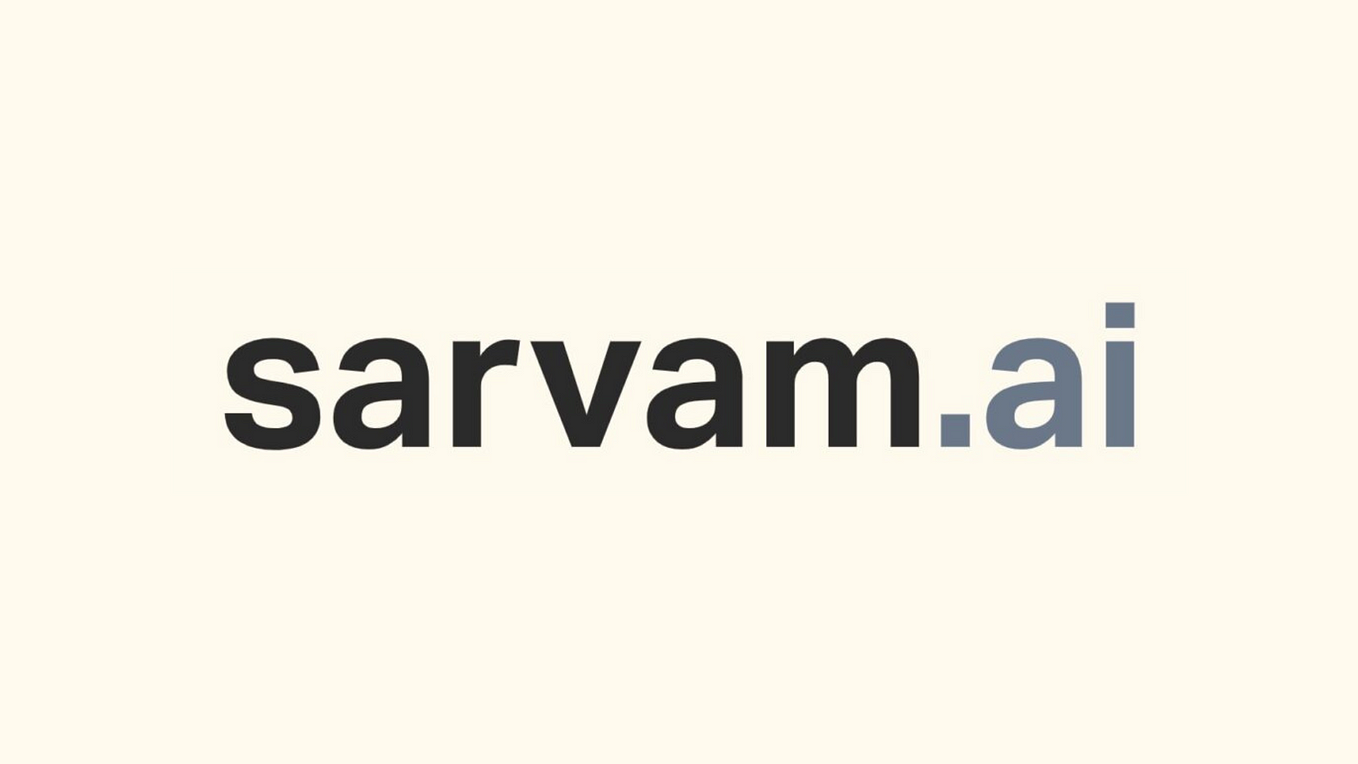Are you looking for the perfect text-to-speech solution in 2025? Converting text to natural-sounding speech has become easier than ever, but finding the right tool can be challenging with so many options available.
From free open-source platforms to high-end enterprise services, the market offers different solutions at various price points. This guide breaks down 13 leading TTS solutions, comparing their features, pricing, and ideal uses to help you pick the best one for your needs. Let’s start with a reference text and audio.
Reference Text
We are going to use the following reference text for comparison.
Artificial intelligence is a field of science that focuses on building machines and computers that can learn, reason, and act in ways that would normally require human intelligence.
Reference Audio
We are going to use the following reference audio for comparing Voice cloning
3 Open Source Solutions Text To Speech Solutions
1. Coqui

- Completely free and open source
- Requires 3GB GPU memory for operation
- Features multilingual support for various languages
- Offers voice cloning capabilities, though not perfect
- Can handle larger token counts
- Best for users with technical knowledge and GPU resources
- Suitable for longer content generation
Output:
2. StyleTTS2
- Free and open source solution
- Available for testing on Hugging Face Spaces
- Supports only English language
- Includes voice cloning capability but not perfect
- Good for English-only projects with basic TTS needs
Output:
3. MeloTTS
- Free open source solution
- Multiple accent options for English language
- Supports multiple languages
- No voice cloning capabilities
- Simple to use for basic TTS needs
- Good choice for multilingual projects without cloning requirements
Output:
4 Premium Commercial Text-To-Speech Solutions
1. Smallest.ai (Market Leader)

- Superior voice cloning quality compared to competitors
- Pricing tiers:
- Free: 30 minutes of audio generation
- $5/month: 3 hours audio + 8 voice clones
- $29/month: 25 hours audio + 25 voice clones
- Supports multiple languages
- Best overall quality-to-price ratio
- Ideal for professional content creators
Output:
2. ElevenLabs

- Industry-leading voice synthesis quality
- Pricing tiers:
- Free: 10k credits (10 minutes of ultra-high quality TTS per month)
- $5/month: 30k credits (30 minutes TTS and voice cloning with 1-minute audio)
- $11/month: 100k credits (100 minutes TTS and professional voice cloning)
- $99/month: 500k credits (500 minutes TTS and professional voice cloning )
- Features:
- Advanced voice cloning capability
- Multilingual support
- Ultra-high quality voice synthesis
- Professional voice cloning options
Partner with Us for Success
Experience seamless collaboration and exceptional results.
Output:
3. Cartesia

- Commercial solution with focus on quality
- Pricing structure:
- Free: 10k characters monthly
- $5/month: 100k characters
- $49/month: 1.25M characters
- $299/month: 8M characters
- Features:
- Voice cloning capabilities
- Multilingual support
- Scalable character limits
- Professional-grade output
Output:
4. Resemble AI (Enterprise Focus)

- High-end voice cloning capabilities
- Comprehensive pricing plans:
- $29/month: 5 voice clones + 10,000 free seconds
- $99/month: 25 voice clones + 80,000 free seconds
- $499/month: 500 voice clones + 320,000 free seconds
- Multilingual support
- Suitable for large-scale enterprise deployments
- Professional-grade quality
Output:
Mid-Range Text To Speech (TTS) Solutions
1. PlayHT

- Offers voice cloning feature
- Free tier: 12,500 characters per month
- Paid plan: $374.40/year for 3 million characters
- Supports multiple languages
- Good middle-ground option for medium-scale projects
Output:
2. LMNT TTS

- Multiple pricing tiers:
- Free: 15,000 characters
- $10/month: 200K characters
- $49/month: 1.25M characters
- $199/month: 5.7M characters
- Voice cloning available but not perfect
- Multilingual support
- Flexible pricing for different usage levels
Output:
3. Deepgram Aura

- $200 initial free credit
- English-only support currently
- Pay-as-you-go: $0.0150 per 1000 characters
- No voice cloning
- Good for English-focused API integration
Output:
4. NVIDIA Riva TTS

- GPU-accelerated SDK
- Free deployment with usage limits
- 400-character limit per request
- Multilingual support
- No voice cloning
- Best for GPU-powered deployments
Partner with Us for Success
Experience seamless collaboration and exceptional results.
Output:
5. RIME TTS

- 10,000 free characters monthly
- $75 per million characters
- 3000-character limit per request
- English-only support
- Includes voice cloning capability
- Suitable for medium-scale English projects
Output:
6. Sarvam AI

- Multilingual support
- Free tier: 60 requests per minute
- Custom enterprise pricing
- No voice cloning
- Contact required for pricing details
- Good for Indian language support
Output:
How To Pick The Best TTS Solution For Your Need?
Budget Considerations
- If you have no budget, XTTS, StyleTTS2, or MeloTTS offer free, high-quality text-to-speech solutions.
- Those with a limited budget can explore Smallest.ai or LMNT TTS, which provide affordable yet powerful options.
- Enterprises with larger budgets may consider Resemble AI or custom-built solutions for maximum flexibility and quality.
Suggested Reads- List of 6 Speech-to-Text Models (Open & Closed Source)
Feature Requirements
- For the best voice cloning capabilities, Smallest.ai is the top choice.
- If multilingual support is a priority, XTTS, MeloTTS, and Smallest.ai provide strong language diversity.
- Businesses handling high-volume workloads can benefit from Resemble AI or PlayHT, which scale efficiently.
- API-first applications should consider Deepgram Aura or NVIDIA Riva for seamless integration.
Technical Requirements
- XTTS requires a GPU for optimal performance, making it ideal for users with local hardware.
- All commercial solutions provide API integration, making them easy to connect with existing systems.
- Character limits vary by provider, so choose a service that aligns with your content needs.
- Consider the deployment complexity, as some solutions may require more technical expertise than others.
Use Case Recommendations
- Open-source solutions are best for personal projects, offering free and customizable options.
- Smallest.ai is well-suited for professional content creation, balancing quality and affordability.
- Enterprises looking for scalable, high-quality TTS should explore Resemble AI.
- For API-driven applications, Deepgram Aura and NVIDIA Riva offer robust integration capabilities.
- XTTS and Smallest.ai are excellent choices for multilingual applications, ensuring broad language coverage.
Our Final Words
The Text-to-Speech landscape offers diverse solutions catering to different needs and budgets. From open-source options requiring technical expertise to commercial solutions providing ready-to-use APIs, users can choose based on their specific requirements for voice quality, language support, cloning capabilities, and scalability.
As TTS technology continues to evolve rapidly, both established providers and newcomers are pushing the boundaries of what's possible in voice synthesis, making it an exciting time for developers and content creators in this space.
